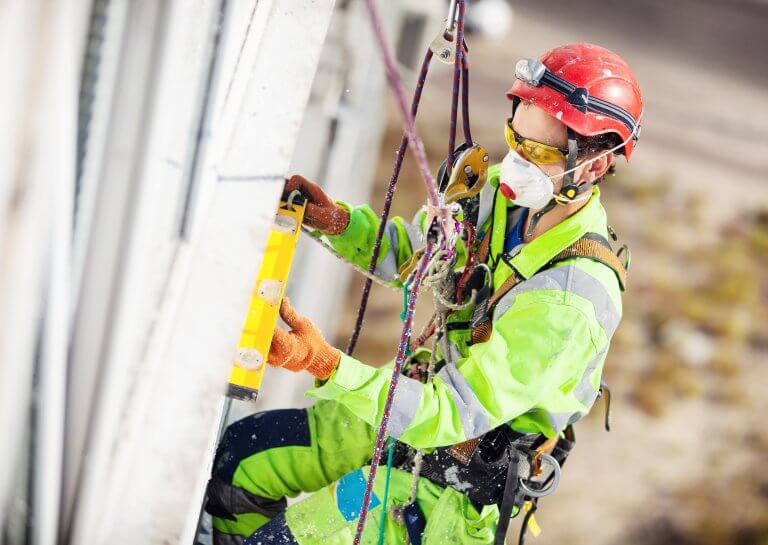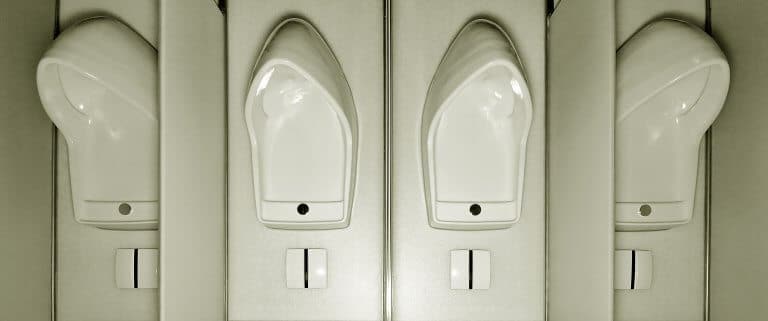Compressed air is a very useful tool in a large number of industrial processes. However, its use also carries the risk of accidents with very serious consequences, especially if the operators in charge do not have sufficient training and relevant protection.
Companies in the industrial, productive and/or extractive area use a large number of tools that allow them to optimize their processes. One of them is compressed air, whose use is widespread in various daily activities. However, at the same time it constitutes a high risk for personal safety, since the injuries caused by coming into contact with a discharge of pressurized air can be very serious and even fatal.
Although in our country there are no specific statistics regarding the number of accidents caused by handling compressed air, it is important to emphasize that most of them originate mainly from ignorance of the associated risks, as well as from improper handling.
This is at least what is shown by the evidence collected both in healthcare centers and in institutions dedicated to promoting job security in companies.
What is compressed air?
Technically it is ordinary air, composed mainly of nitrogen and oxygen, but subjected to a higher pressure than that present in the atmosphere.
This compression is achieved by special machines called “turbochargers”. They produce compressed air from the suction of a certain volume of atmospheric air, to which the pressure is increased through various procedures, depending on the type of machinery.
Compressors are classified into two large groups:
- Displacement, or those that confine the volume of air and increase its pressure through the displacement of one or more moving parts.
- Dynamic, or those where the increase in pressure is obtained from the acceleration of air molecules along a diffuser.
In the industrial sector, the most widely used turbochargers are those with positive displacement, especially the so-called “piston compressors”. These consist of two cylinders intended for suction and compression of air. Inside these cylinders there are pistons connected to a crankshaft and connecting rod system, which allow the cylinder on the right to suck in air from the outside, while the one on the left compresses it until the required pressure is achieved.
This entire system is driven by a motor, which provides the energy necessary for its operation.
Benefits of compressed air
One of the main uses of the air is the storage of energy, which is then used to drive and operate machines or tools, or to carry out some process, such as cleaning surfaces or facilities.
Some typical uses in the industrial area are the following:
- Activate and operate air-tools by means of the energy released by the depressurization of the air.
- Cleaning of dust and small debris in confined spaces, in order to remove material produced by other activities.
- Removal of substances on surfaces by jets of abrasive material (such as sand, for example). In these cases, compressed air propels the abrasive material over a surface, which allows us to remove the material adhering.
- To inflate tires for heavy-duty machinery, such as forklifts, vehicles for transporting large machinery, and mining trucks, among others.
Main associated risks
Despite these obvious benefits for the company’s productivity, handling compressed air involves severe safety risks for those who carry out this task.
In fact, if we don implement the necessary safety measures, or the personnel in charge do not have sufficient training, serious accidents can occur even with death result. This happened, for example, in a vulcanization in Antofagasta, in 2013; and at a service station in Quilpué, in 2011.
Among the main risks associated with the use and handling of compressed air, we can find the following:
- Projection of substances propelled by compressed air (particles of dust, humidity and/or oil). These can cause injuries to the eyes, ears or face, if the operator does not have the appropriate personal protection elements (helmet, goggles and earmuffs, among others).
- Blows received due to sudden winding or whipping movements of the hose, produced by the sudden exit of compressed air, which can cause injuries. The consequences of this movement can be aggravated by the presence of metallic elements, such as the nozzle, and other parts or couplings of the equipment that supplies the compressed air.
- Contact with compressed air flow, which can cut the skin or enter body openings (mouth, nose and ears), causing serious internal injuries and even death.
- Projection of components (pieces) of the tools, due to the lack of maintenance of these or by using inadequate pressures that can cause breakage or disintegration of the equipment.
- Explosion, due to exceeding the limits of the containers and components of the compressed air network, due to lack of maintenance or due to the use of unsuitable materials for the pressure that is required to be handled.
- Exposure to high noise levels due to the expansion of compressed air used in a tool, which generates sudden changes in pressure.
- Exposure to chemical risk agents, due to the dispersion of particulate matter in the workplace, the formation of oil mists or explosive atmospheres, resulting from the use of compressed air to clean machines or workstations.
How to work safely with compressed air?
To eliminate or minimize the risks associated with the use and handling of compressed air, it is recommended to implement the following practices:
- Train personnel who will handle compressed air. This training must include at least the risks associated with this pressurized gas and the recommendations for its safe handling.
- Have procedures and work instructions for handling compressed air, which must be known and respected at all times.
- Wear suitable personal protection elements at all times while using compressed air.
- Do not use compressed air in places with the presence of fuel oils or liquids.
- When we carry out cleaning tasks with compressed air, we must restrict access to the area by any personnel not involved in this task.
- Isolate the place to be cleaned to avoid the projection of dangerous elements and incorporate devices that, in addition to projecting the jet of compressed air, generate a cone that protects the worker, effectively deflecting fluff or particles.
- Never use compressed air to clean clothing or body parts, because even if the pressure is low and seems “light”, it can still penetrate areas such as the eyes, nose and mouth, causing serious internal injuries.
- Verify the maintenance and integrity of pressure vessels and control devices such as pressure gauges, valves and nozzles.
- Examine all the connections of the air network to verify that there are no breaks, leaks or loose elements due to the effect of pressure.
- Hold the gun or hose firmly when opening and closing the air passage.
- Do not close the air passage by twisting the hose, but only by means of the corresponding valve.
- Keep hoses away from walkways and prevent them from being crushed by vehicles or equipment.
- Make sure there are no people near the air compressed machine when it is turned on.
- Provide adequate personal protection (helmets, goggles, safety shoes and clothing) both to the operator and to the people who must necessarily remain in the place where compressed air is being worked on.
Applying all these simple precautions will not only protect the health, physical integrity and life of the workers, but will also optimize the company’s competitiveness.
Download the DataScope app and start now!
DataScope is the ideal tool to eliminate paper use, save time, and efficiently collect data from the field. It allows companies to streamline, organize and evaluate field work thanks to its online forms, which provide indicators in real time, 100% adaptable to any area.
With DataScope, your team can answer custom mobile forms from their phones or tablets, online or offline, through the app.






